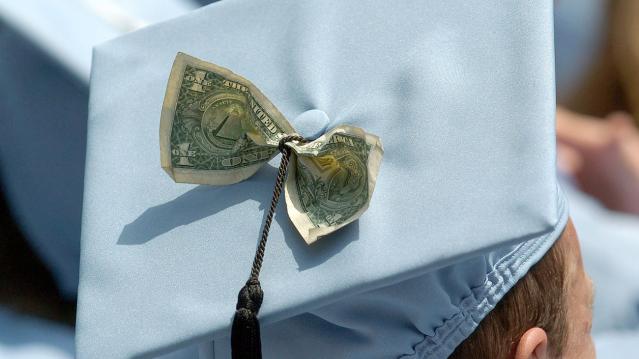Teens Are Having Much Less Sex Than Their Parents Did at That Age

Adolescents may be thinking about sex all the time, but fewer teens are actually doing the deed. Since 1988, sex has dropped by 14 percent among teenage females (ages 15 to 19) and 22 percent among teenage males (ages 15 to 19). The latest study from the U.S. Centers for Disease Control and Prevention’s National Center for Health Statistics shows that 44 percent of female teenagers and 47 percent of male teenagers had experienced sexual intercourse at least once.
Related: The App-Selling Power of Kate Upton’s Cleavage
The good news? The majority of them used contraception. From 2011 to 2013, 79 percent of female teenagers and 84 percent of male teenagers used contraception the first time they had sexual intercourse. Condoms were the most widely used method of contraception among teenage girls, followed by withdrawal (60 percent) and the pill (54 percent). Use of the emergency “Plan B” or “morning after pill” came in fourth, reaching 22 percent in 2013, and up from 8 percent in 2002.
About 70 percent of 15- to 19-year-old females said their first sexual intercourse happened with a steady dating partner, compared to about 50 percent of 15- to 19-year-old males.
Could all that sex education be working? Are teenagers watching more porn? Do teens have more access to contraception because of Obamacare? Then again, it could be all those episodes of reality TV they’re watching. Last year CNN reported a study from the National Bureau of Economic Research that linked watching MTV’s 16 and Pregnant and Teen Mom to a 5.7 percent reduction in teen births in the U.S. The study found a correlation between higher rates of viewership in certain areas with a bigger decrease in teen births.
Related: Schools Gamble on Gut-Punch Anti-Drug Programs for Teens
Despite teen births being at an all-time low, the U.S. still leads other developed countries in teen pregnancy. (New Zealand comes in second, followed by England and Wales.) And if parents are worried their teens won’t ever get off their iPhones long enough to have sex, they can relax. Most teens, or two-thirds of adolescents, will have sex by the time they’re 19.
Chart of the Day: Long Way to Go on Coronavirus Testing

The White House on Friday unveiled plans for a new effort to ramp up testing for Covid-19, which experts say is an essential part of limiting the spread of the virus. This chart from Vox gives a sense of just how far the U.S. has to go to catch up to other countries that are dealing with the pandemic, including South Korea, the leading virus screener with 3,692 tests per million people. The U.S., by comparison, has done about 23 tests per million people as of March 12.
After Spending $2 Billion, Air Force Bails Out on Planned Upgrades of B-2 Bombers

The Air Force has scrapped a planned upgrade of its B-2 stealth bomber fleet — even after spending $2 billion on the effort — because defense contractor Northrup Grumman didn’t have the necessary software expertise to complete the project on time and on budget, Bloomberg’s Anthony Capaccio reports, citing the Pentagon’s chief weapons buyer.
Ellen Lord, the undersecretary of defense for acquisition and sustainment, told reporters that the nearly $2 billion that had already been spent on the program wasn’t wasted because “we are still going to get upgraded electronic displays.”
Big Hurdle for Sanders’ Plan to Cancel Student Debt

Bernie Sanders wants to eliminate $1.6 trillion in student debt, to be paid for by a tax on financial transactions, but doing so won’t be easy, says Josh Mitchell of The Wall Street Journal.
The main problem for Sanders is that most Americans don’t support the plan, with 57% of respondents in a poll last fall saying they oppose the idea of canceling all student debt. And the politics are particularly thorny for Sanders as he prepares for a likely general election run, Mitchell says: “Among the strongest opponents are groups Democrats hope to peel away from President Trump: Rust Belt voters, independents, whites, men and voters in rural areas.”
Number of the Day: $7 Million

That’s how much Michael Bloomberg is spending per day in his pursuit of the Democratic presidential nomination, according to new monthly filings with the Federal Election Commission. “In January alone, Bloomberg dropped more than $220 million on his free-spending presidential campaign,” The Hill says. “That breaks down to about $7.1 million a day, $300,000 an hour or $5,000 per minute.”

